For industrial organizations serious about AI value, objective functions can provide the critical link between technical capabilities and business outcomes.
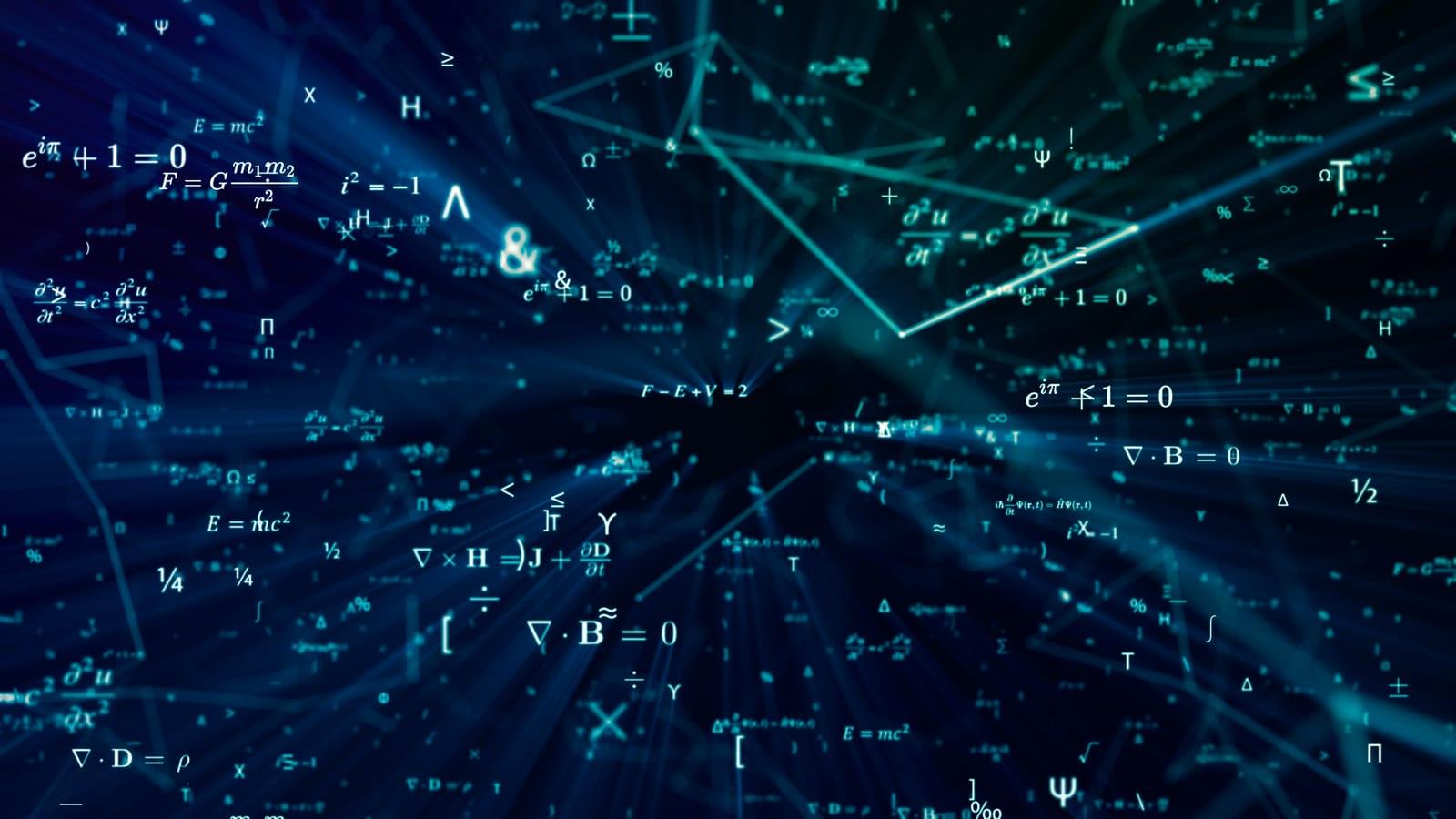

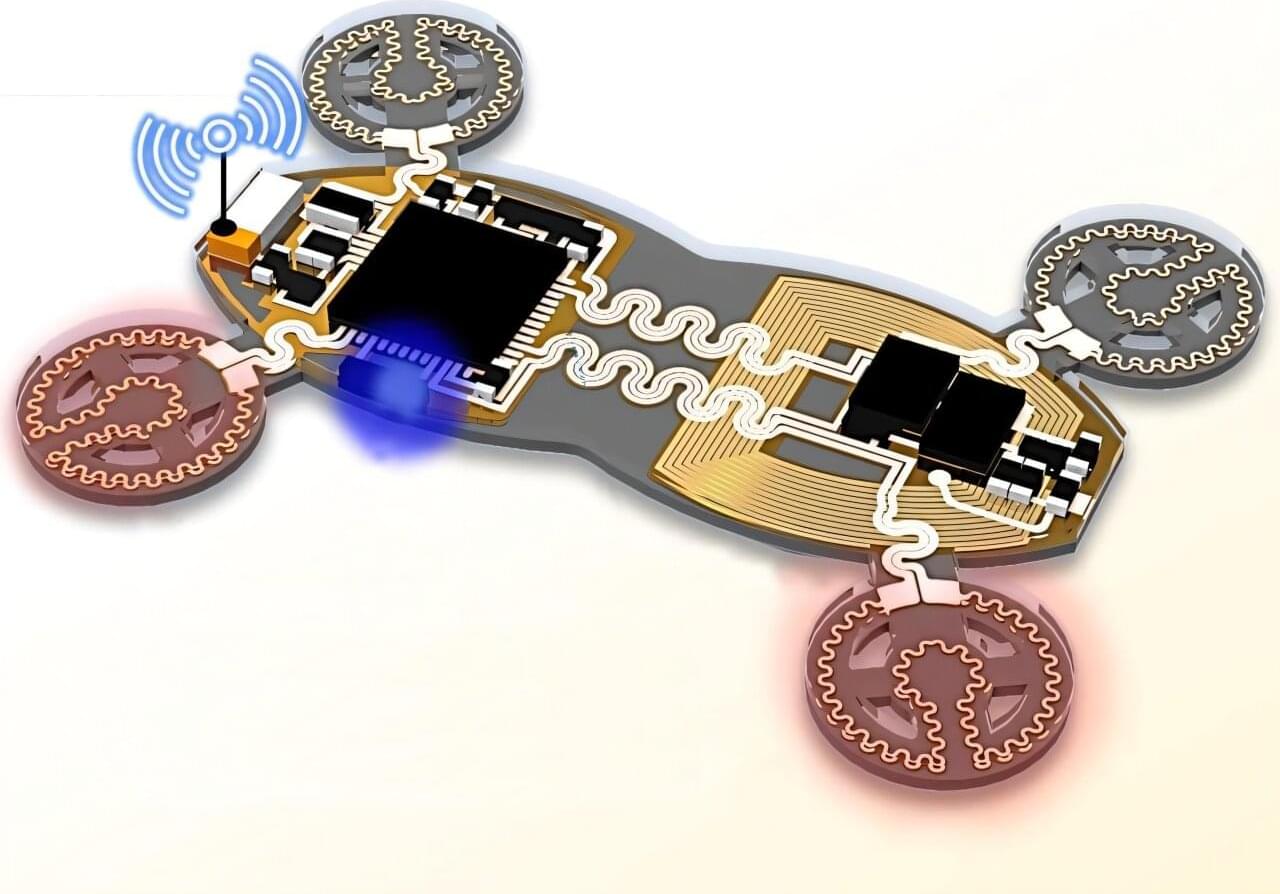
A tiny, soft, flexible robot that can crawl through earthquake rubble to find trapped victims or travel inside the human body to deliver medicine may seem like science fiction, but an international team led by researchers at Penn State are pioneering such adaptable robots by integrating flexible electronics with magnetically controlled motion.
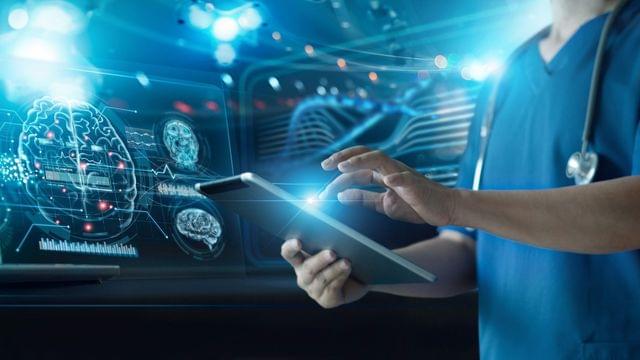
At Stanford HAI, we believe AI is poised to be the most transformative technology of the 21st century. But its benefits won’t be evenly distributed unless we guide its development thoughtfully. The AI Index offers one of the most comprehensive, data-driven views of artificial intelligence. Recognized as a trusted resource by global media, governments, and leading companies, the AI Index equips policymakers, business leaders, and the public with rigorous, objective insights into AI’s technical progress, economic influence, and societal impact.
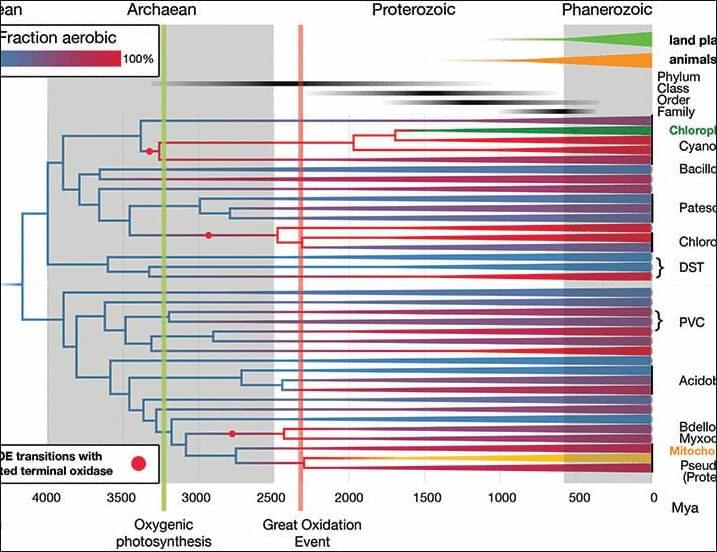
Microbial life has dominated Earth’s history but left a sparse fossil record, greatly hindering our understanding of evolution in deep time. However, bacterial metabolism has left signatures in the geochemical record, most conspicuously the Great Oxidation Event (GOE). We combine machine learning and phylogenetic reconciliation to infer ancestral bacterial transitions to aerobic lifestyles, linking them to the GOE to calibrate the bacterial time tree. Extant bacterial phyla trace their diversity to the Archaean and Proterozoic, and bacterial families prior to the Phanerozoic. We infer that most bacterial phyla were ancestrally anaerobic and adopted aerobic lifestyles after the GOE. However, in the cyanobacterial ancestor, aerobic metabolism likely predated the GOE, which may have facilitated the evolution of oxygenic photosynthesis.
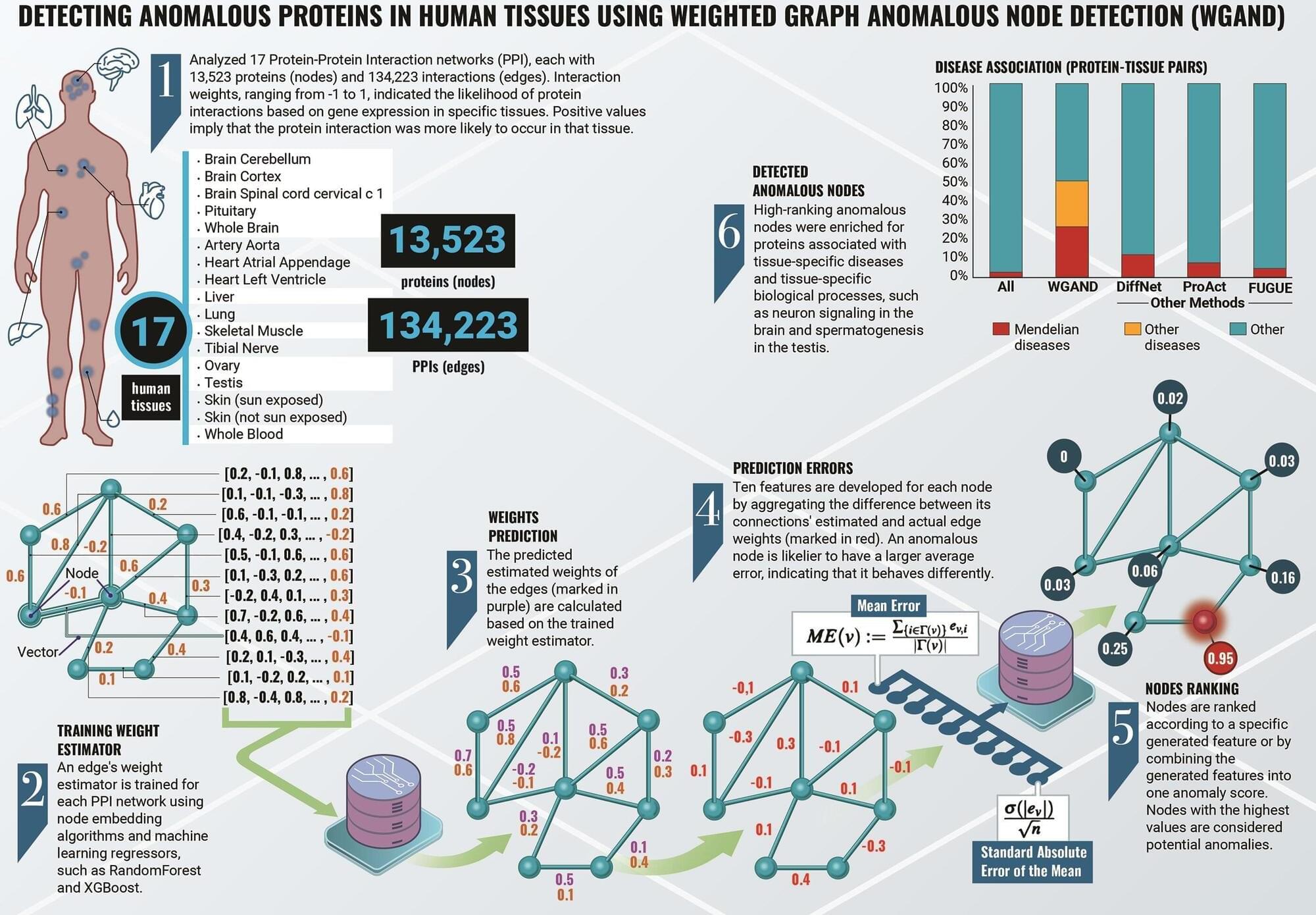
Researchers at Ben-Gurion University of the Negev have developed a machine-learning algorithm that could enhance our understanding of human biology and disease. The new method, Weighted Graph Anomalous Node Detection (WGAND), takes inspiration from social network analysis and is designed to identify proteins with significant roles in various human tissues.
Proteins are essential molecules in our bodies, and they interact with each other in complex networks, known as protein-protein interaction (PPI) networks. Studying these networks helps scientists understand how proteins function and how they contribute to health and disease.
Prof. Esti Yeger-Lotem, Dr. Michael Fire, Dr. Jubran Juman, and Dr. Dima Kagan developed the algorithm to analyze these PPI networks to detect “anomalous” proteins—those that stand out due to their unique pattern of weighted interactions. This implies that the amount of the protein and its protein interactors is greater in that particular network, allowing them to carry out more functions and drive more processes. This also indicates the great importance that these proteins have in a particular network, because the body will not waste energy on their production for no reason.
A16z has been aggressive in backing numerous companies in the field, participating billion-dollar funding rounds as a lead investor in AI model developer startups.
Kawasaki Unveils Japan’s Future of Transport | #breakingnews #Robotics.
🚨 Japan’s Kawasaki has unveiled a groundbreaking concept robot called CORLEO that could revolutionize future transport.
🔹 Designed to resemble a lion for navigating rough and mountainous terrains.
🔹 Powered by a hydrogen engine—eco-friendly innovation.
🔹 Controlled by shifting body weight, similar to horseback riding.
🔹 A bold step into the future of personal robotic transport.
📢 Keywords:
Kawasaki CORLEO robot, Japan transport robot, hydrogen-powered robot, robotic lion vehicle, futuristic mobility, mountain transport robot, robotics innovation Japan.
📢 Hashtags:
#ThriveNews #Japan #Robotics #Kawasaki #CORLEO #FutureTransport #Innovation #TechNews #HydrogenPower
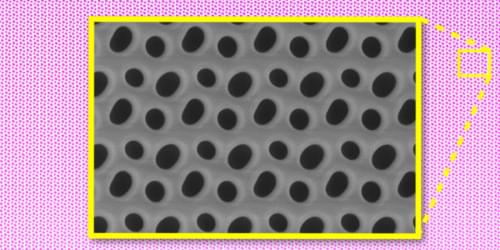
Norte and his colleagues initially considered patterning the light sails with an array of identical circular holes, but such a pattern would reduce the overall effect of the powering laser. As the sail speeds up and moves away from the laser, the wavelength it preferentially reflects will shift because of the Doppler effect, and the sail will subsequently receive less of a push. What is needed instead is a pattern that can handle Doppler-shift changes while remaining highly reflective.
To find the optimal pattern, the researchers turned to a neural network, which predicted an optimal shape that is oblong rather than circular. “It looks like a potato,” says Miguel Bessa of Brown University, Rhode Island, who led the theory side of the project. Specifically, the team arranged several potato shapes in a repeating five-neighbor pattern, or pentagonal lattice. The potato-shaped arrangement allows the system to respond to a broader range of wavelengths without having to make it thicker and thus heavier.
The researchers are now working on increasing the size of their sail and looking into ways to test how well it flies. Norte notes that the light sail is just a means to accelerate the nanospacecraft, which will include a microchip, cameras, and other instruments. All those parts need to be miniaturized so that they weigh less than one gram total. “We are really trying to use nanotechnology to go faster and further than we have been able to with traditional spacecraft,” Norte says.
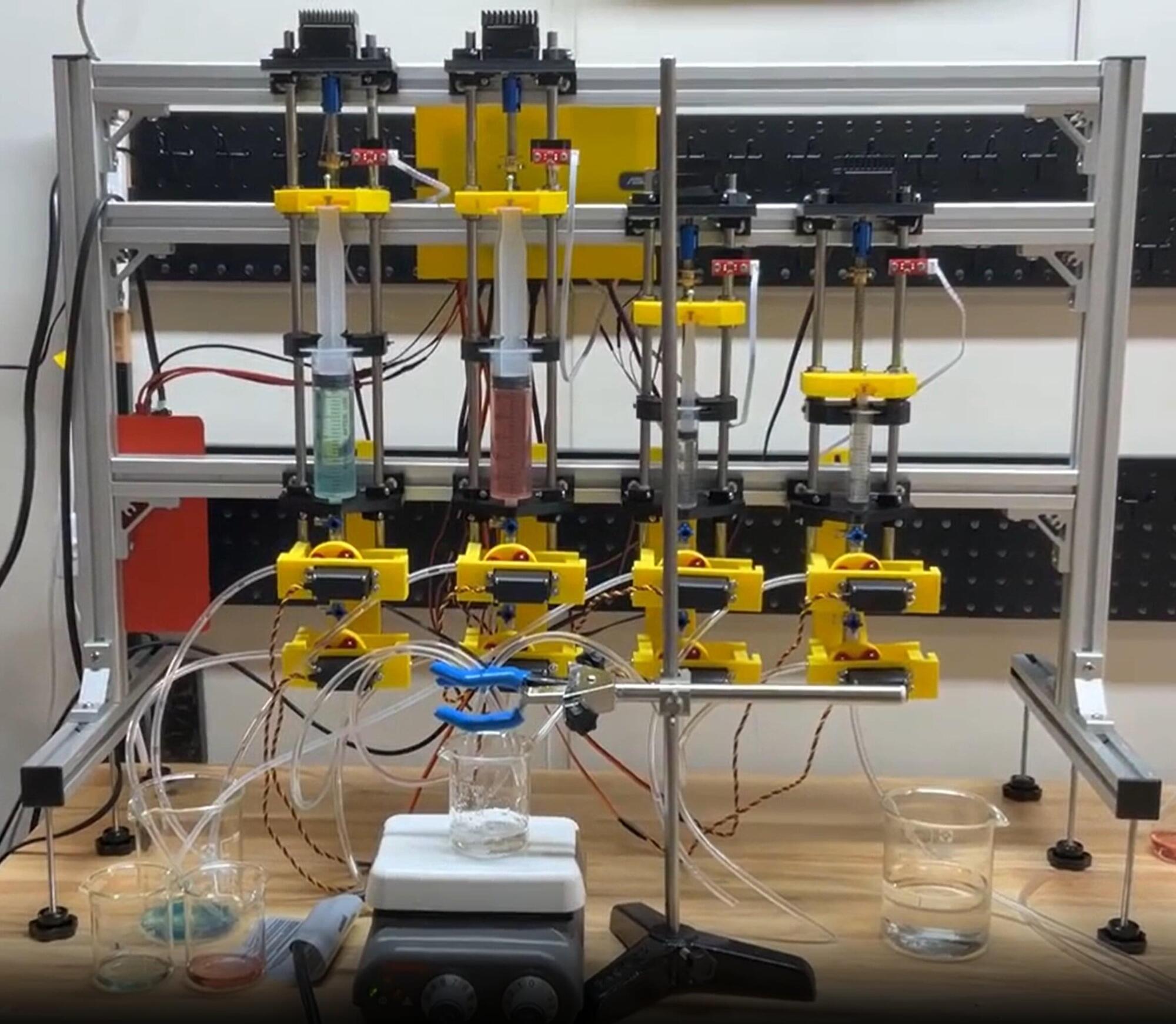
A team of researchers led by Professor Keisuke Takahashi at the Faculty of Science, Hokkaido University, have created FLUID (Flowing Liquid Utilizing Interactive Device), an open-source robotic system constructed using a 3D printer and off-the-shelf electronic components.
To demonstrate FLUID’s capabilities, the team used the robot to automate the co-precipitation of cobalt and nickel, creating binary materials with precision and efficiency.
“By adopting open source, utilizing a 3D printer, and taking advantage of commonly-available electronics, it became possible to construct a functional robot that is customized to a particular set of needs at a fraction of the costs typically associated with commercially-available robots,” said Mikael Kuwahara, the lead author of the study.